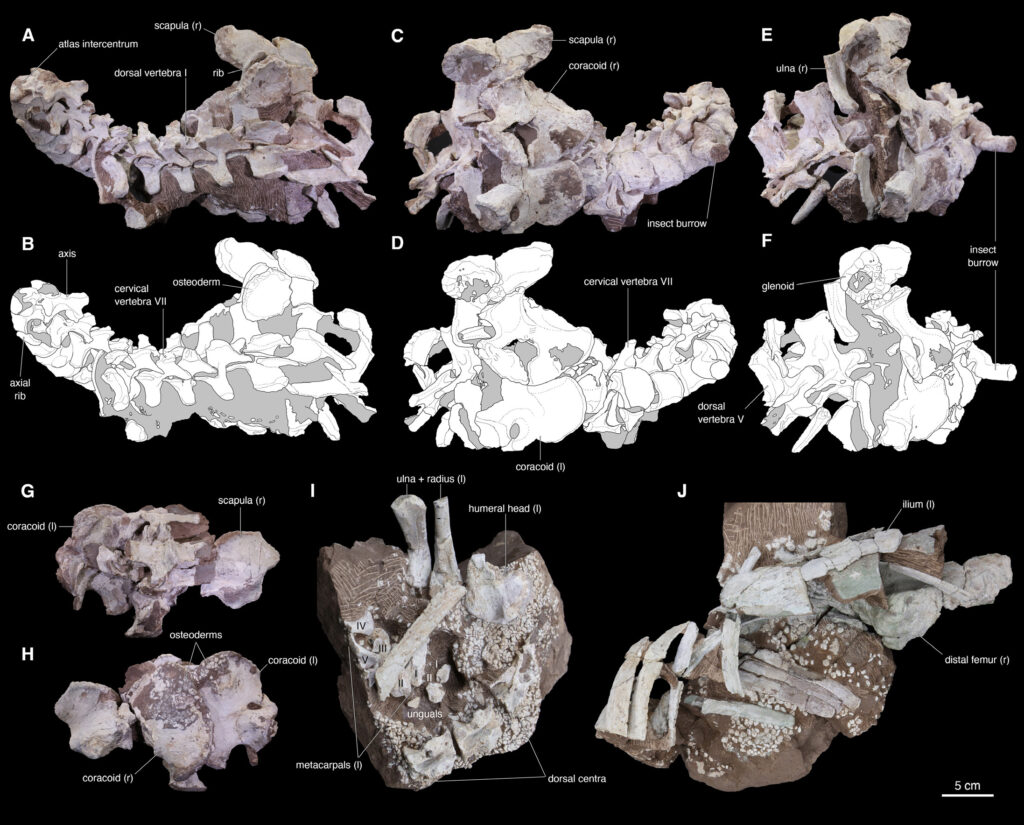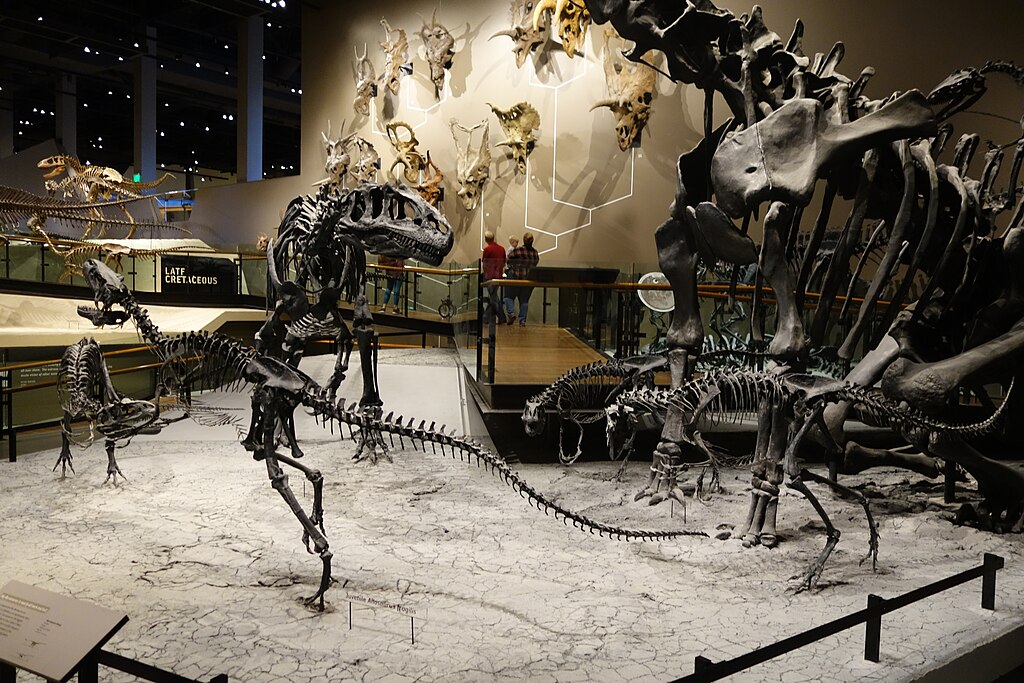Horseshoe Crabs and Nautiluses: Living Fossils From the Dino Era
Ancient survivors from a bygone era, horseshoe crabs and nautiluses stand as remarkable living connections to Earth’s distant past. While dinosaurs vanished 65 million years ago, these extraordinary creatures endured, maintaining their prehistoric forms through countless geological upheavals. Their remarkable resilience and evolutionary stability have earned them the moniker “living fossils” – organisms that appear ...












